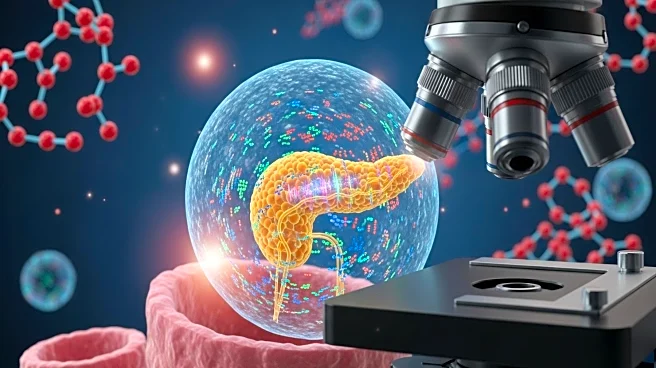What's Happening?
Researchers at UCLA have mapped the ovarian reserve development in primates using single-cell RNA sequencing and spatial transcriptomics. This study aims to enhance understanding of ovary formation and follicle development, potentially leading to better disease models for infertility and hormonal disorders. The research identified key genes and cellular structures involved in ovarian reserve development, providing insights into reproductive health and conditions like polycystic ovary syndrome (PCOS).
Why It's Important?
The study addresses the gap in women's health research, particularly in understanding ovarian function. By mapping the ovarian reserve, researchers can develop more accurate models for studying reproductive health conditions, leading to improved treatments for infertility and hormonal disorders. The findings may also help identify early biomarkers for conditions like PCOS, enabling timely interventions.
What's Next?
The research team plans to use the insights gained to develop ovarian organoids and lab-grown germ cells for future treatment development. Continued exploration of gene expression and cellular structures in ovarian reserve development will enhance understanding of reproductive health and support the creation of innovative therapies.
Beyond the Headlines
The study highlights the importance of advancing women's health research and addressing the historical neglect of ovarian studies. It emphasizes the need for comprehensive understanding of reproductive health to improve treatment options and outcomes for individuals with ovaries.













